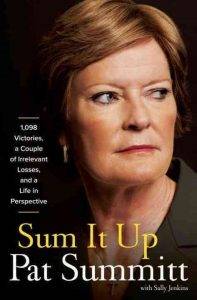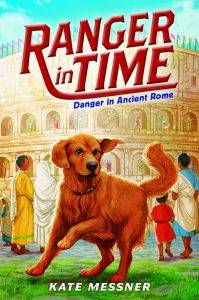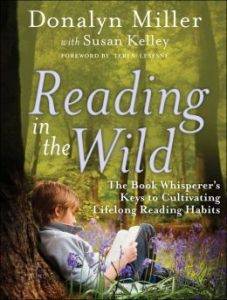I believe in mentor texts. They are an invaluable teaching tool and an invaluable learning tool. When I visit schools, I always talk about the texts I use to help me with my writing and learning, and I can’t wait for the conversations I’ll get to have this year about the mentor texts I used for A Whole New Ballgame.
So what are mentor texts? Essentially, they are any texts we can learn from. For writers, mentor texts should be examined, combed through, and reviewed for all different purposes. They should challenge us, encourage us to take risks, and push us to try new strategies. Mentor texts should lead to reflection and steer us towards connections with our own lives. They are guides for words and ideas, so that when we express our words and ideas, they are full of life, meaning, and clarity.
For A Whole New Ballgame, I used a number of mentor texts for a variety of purposes:
When it comes to basketball, I know the game. But I’ve never coached a team. So in order to lock down the character of Coach Acevedo, I had to approach it from different angles. I observed youth coaching styles, spoke with friends and former students who coach teams, and had conversations with kids who ball about their own coaches. I also read some coaching memoirs, and one in particular stands out: Pat Summitt’s, Sum it Up. Pat Summitt is the winningest basketball coach in NCAA history. She coached the Lady Volunteers of the University of Tennessee for thirty-eight years and led them to eight national titles. She also graduated one hundred percent of her players who completed their eligibility. Her best practices appear in A Whole New Ballgame.
Not only did I want to get the coaching aspect of the basketball as spot-on as possible, but I also wanted the game action to be authentic. I wanted a basketball storytelling style that would enthrall middle grade readers. So I read a bunch of middle grade, sports-themed novels including several by Mike Lupica. That’s why in A Whole New Ballgame, the basketball action is lively, nuanced, fast-paced, and perhaps even a little too good to be true.
Getting the basketball right was only one part of the equation. I also wanted to get the school right. For years, whenever a link to Peter Dewitt’s Finding Common Ground blog scrolls through my feed, I click it. Peter is a former elementary school principal (I visited his school in upstate New York years ago) who now works with educators around the country and speaks at schools and conferences. He’s also written a number of books. Peter has his finger on the pulse of the education world. He knows how schools work and understands how they can work better. Some of what I’ve learned from Peter is woven into the words of A Whole New Ballgame.
I’m a big fan of Kate Messner. Her new picture book, How to Read a Story, is a perfect start-of-school read aloud, and the second book in her Ranger in Time middle grade series just came out in June and takes Ranger back to Ancient Rome. When I’m upstairs at my writing table, her Real Revision is always within arm’s reach. In the book, different authors present strategies to share with student writers. A variation of a strategy offered by Wendy Mass appears in A Whole New Ballgame.
I also included a strategy described by Donalyn Miller in her Reading in the Wild (which should be required reading before any teacher sets foot in any classroom). So that the students can develop a better understanding of themselves as readers and of their reading life, they keep track of where they read. In a very short period, they learn a great deal.
But I wasn’t able to include that particular strategy in A Whole New Ballgame. It will be in Rookie of the Year. That’s book two in the Rip and Red series. You’ll have to wait until next year for that one.




